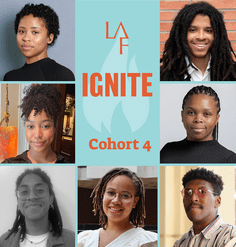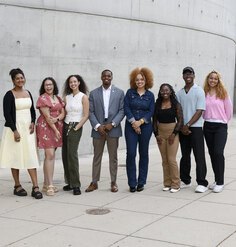Olmsted Scholar Feature: Addressing the Urban Divide in Porto Alegre, Brazil
By Abigail Shemoel, 2011 National Olmsted Scholar Finalist
Growth patterns are shifting and the world is urbanizing. According to the United Nations Human Settlements Programme (UN-HABITAT), by 2030 populations in all developing areas will be more urban than rural. However, rather than socially just and inclusive societies, the process has fueled the formation of highly separated cities often characterized by exclusion and marginalization. The favelas of Brazil, home to more than six million, stand as a current and clear example of this ‘urban divide.’ While the severity of conditions varies, common characteristics of favelas, which include high density, insufficient infrastructure, and minimal space for recreation, community interaction, and expression, highlight the need for strategic improvement strategies.
Recognizing this need, my undergraduate research thesis sought to address the urban divide in the specific setting of Vila Nossa Senhora de Fátima, an informal settlement located in Porto Alegre, Brazil. While my study began with a broad exploration of strategies to improve social, economic and environmental conditions within the existing structure of informal settlements, I was able to contextualize my research during the semester I spent studying at Pontificia Universidade Católica do Rio Grande do Sul. Combining this information with a critical analysis of the site’s characteristics allowed for the informed establishment of design guidelines, which articulated the need to focus on sustainable small-scale strategies, to create opportunities for community participation, interaction, and expression, and to implement improvements that would maximize benefits for residents in all their diversity.
Adhering to the guidelines, a design for a community hub and circulation network within Vila Fátima was developed and explored at master and site plan scales. At three critical locations — the main thoroughfare, a polluted waterway surrounded by deteriorating and overcrowded housing, and an underused open space — opportunities to interlace wider recreational, educational, economic and social functions into the existing structure were identified. In the large open space, for example, an improved soccer field is surrounded by new public destinations such as a community center, playground, exercise area, market facilities and gathering spaces for small and large groups.
Perhaps the more challenging and critical aspect of the design involved defining empowerment and participation opportunities for residents. Crucial to this notion was the realization that a final design vision was far less important than creating opportunities for a community-driven vision. Therefore, as shown in Figure 3, efforts to define possible implementation sequences with highlighted participation opportunities were made for each of the focus areas.
The project ultimately shows the potential for landscape architecture to facilitate the creation of well-designed and locally meaningful public spaces that can help to ameliorate social issues while also creating economic opportunities and environmental improvements. While the design’s overarching principles may serve to inform wider projects within and beyond the neighborhood, this remains heavily dependent on the ability of projects to incorporate and respond to site-specific conditions.
Inspired, yet humbled by my experience in Brazil, I have chosen to further my education by pursuing an MSc in Urban Development Planning at University College London. The program in which I am currently enrolled is helping me establish an important understanding of how socio-political and economic forces affect the structure of cities. It is this wider perspective I hope to bring to my future research and design work, as the need to find sustainable and just paths towards urbanization becomes ever more pertinent.
Abby received her Bachelor’s Degree in Landscape Architecture from Ball State University last summer. She now lives in London, England where she studies Urban Development Planning at University College London.










